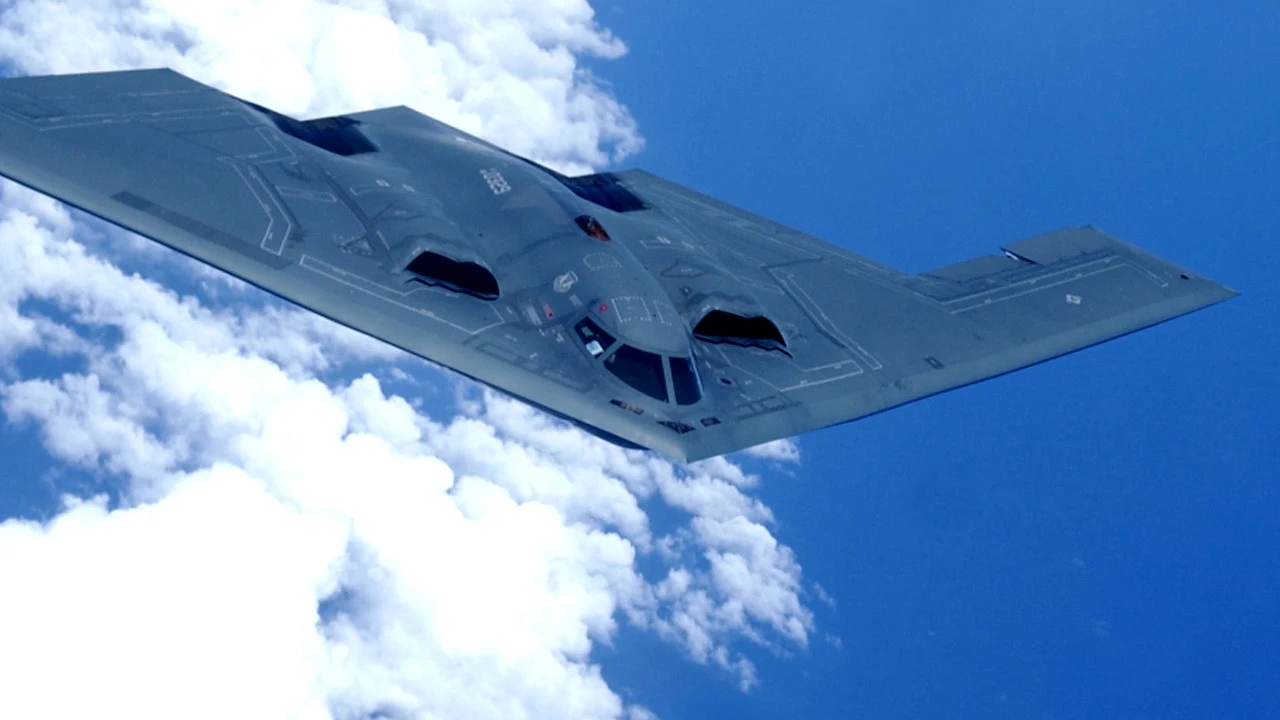China’s quantum radar is attracting attention as a potentially disruptive development in the defense industry. This new technology, capable of detecting even stealth aircraft that conventional systems cannot detect, utilizes the fundamental principles of quantum physics.
How does China’s next-generation quantum radar work?
This technology is based on a fundamentally different principle than traditional radar systems. The system detects targets using entangled photon pairs. When photons emitted from the radar hit the target and return, the changes in their quantum properties are analyzed. This allows the target’s location and movement to be determined with high precision.

The greatest advantage of quantum radar is its extreme resistance to electronic jamming and spoofing signals. Spoofing signals emitted by stealth aircraft cannot mimic the photons’ unique quantum state. This eliminates the fundamental advantage of existing stealth technologies.
A More Efficient and Stealthy System
However, the new system is reported to operate with significantly lower energy and emit fewer signals than conventional radars. This makes it harder for enemy elements to detect the radar’s location, improving both stealth and operational efficiency. Furthermore, the newly developed detectors make it easier to integrate the system onto portable platforms.
So, what are your thoughts on this new technology? Share your thoughts with us in the comments!













